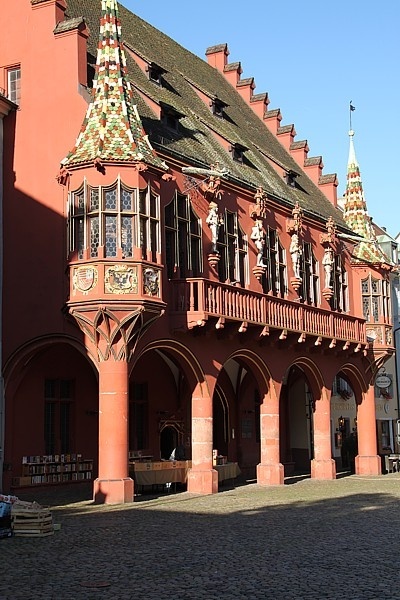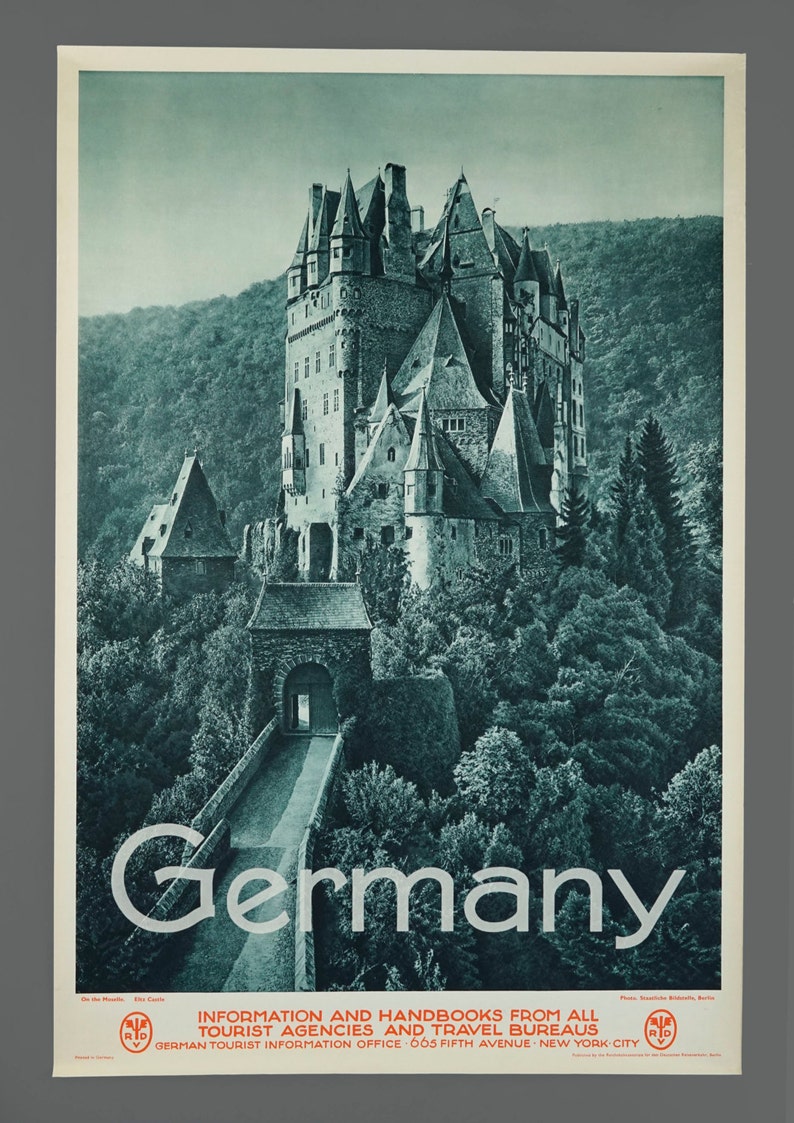I wanted to point out something, speaking of being inspired to research more about World Showcase architecture.
When all the discussion was happening in the crêperie thread, I did some research of my own into the things that were being said about the art and learned quite a bit about design and architecture. It was that research that led me to understand why the art had felt "off" to me, and I found myself agreeing with a lot of what was being said about the design choices.
I'm saying this because I think this thread highlights much of the problem with the crêperie for me. While many of the examples posted here are quirky and nontraditional, they nonetheless still manage to instantly communicate a sense of place. Whether the pinecone finial is paired with an "inappropriate" pediment, it still conveys a sense of Italian design to my brain. Through my research, I found that the traditional buildings of Brittany, France seem to feature large amounts of dark wood and stone and patterns on the building fronts.
View attachment 366602
To me, the crêperie looks like it would stick out like a sore thumb among these buildings. That was the largest issue for me, not necessarily anything wrong with the architectural choices themselves.




